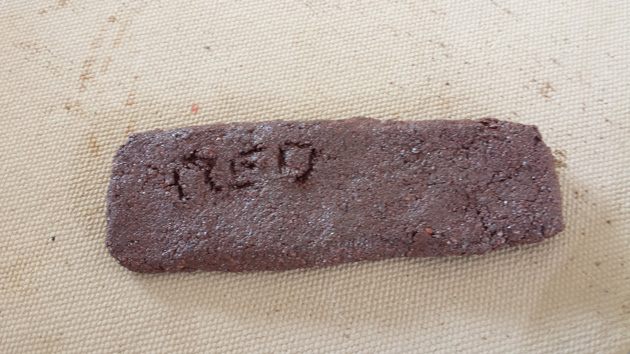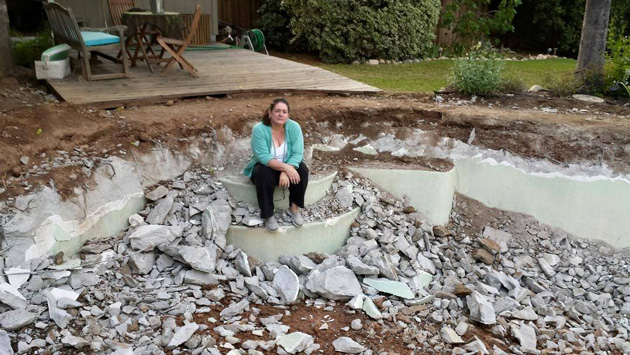We’re filling in our swimming pool. In Southern California, that’s a form of blasphemy. This project is a massive undertaking because in 1962, which is the year our pool was built, pool contractors used foot-thick concrete strengthened with rebar for the walls.
But we’re in deep drought out here in the west and pools, while not as water hungry as green grass, still require considerable amounts of water due to evaporation. In fact, the pool was almost a deal killer when we bought the house and property because I didn’t want the cost, the upkeep or the water usage. Not being from Southern California, I just never bought into the chlorine dream. Although, I admit, it’s nice to have a pool to cool off in when the temperature hits 110 degrees. But it’s really only usable three months out of the year.

The city requires that after a pool is drained (we used the water to give our trees a nice deep soak after de-chlorinating it) holes be punched into the bottom to allow for drainage prior to filling it with gravel and dirt. I took advantage of the holes to dig out some nice deep red clay. It has a fair amount of sand in it, which I have to screen out before I use it. I fired a test tile to cone 5 and it over vitrified, almost to the point of melting, so I will probably either have to add some Lincoln fire clay to increase its vitrification point, lower the bisque fire to cone 4 or even 3, or just pit-fire it in a greenware state. I’m leaning towards the latter because I think it will produce nice dark ware for decorative use, especially if I burnish it. I’m currently letting the processed clay rest for a few months to increase its plasticity.
Once those holes were punched and I dug out the clay, I tried negotiating with my spouse to just let me use the empty pool for pit firing. I figured it would be a convenient and safe way to pit fire on a regular basis over the next few years. No luck. Fill dirt arrives this weekend.

